10 Fitness 'Rules' You Should Abandon in 2024 For the Best Results
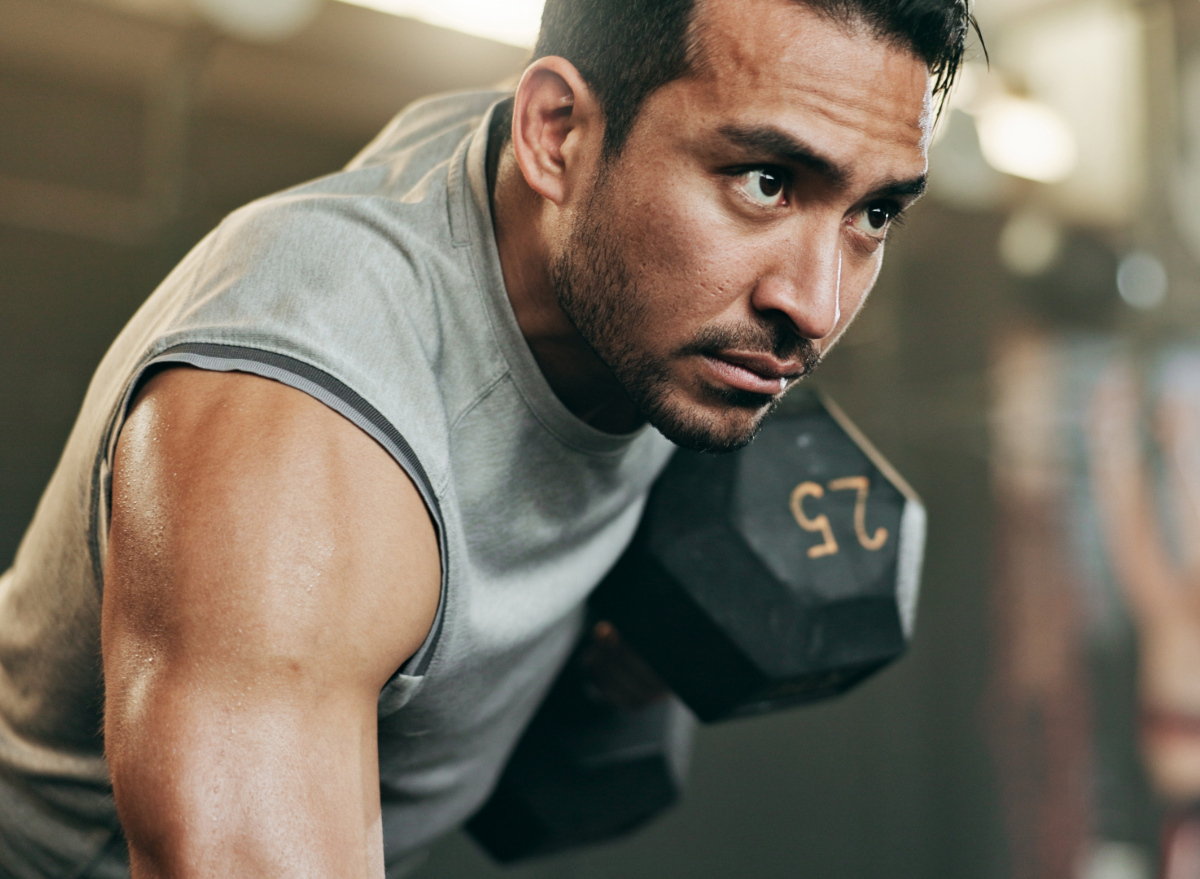
As we rapidly approach 2024, it's normal to assess your habits and routines. Determining which ones should stay or get left in the dust is critical for creating a healthier, fitter you this upcoming year. And when it comes to supporting your overall health and well-being, your fitness habits are essential for living your best life. However, with the overwhelming amount of conflicting fitness information online, separating fact from fiction has become more challenging than ever. Don't fret, because we chatted with health and fitness experts who share the top 10 fitness "rules" you should abandon in 2024 for the best results. These common fitness myths have all been debunked, making them an unnecessary burden on your fitness mindset.
Remember—there's no one-size-fits-all approach to health and fitness. Abandoning these rigid fitness rules and adopting a more intuitive, adaptable mindset can help set you on the path to sustainable results and one step closer to reaching your fitness goals. Read on to hear what the experts say about scrapping these fitness rules for 2024, and when you're done, check out the 10 Best Belly-Fat Workouts You've Never Tried.
Relying only on cardio can help you lose weight.

While cardio is essential for cardiovascular health, relying solely on it for weight loss can be counterproductive. Instead, combine strength training and high-intensity interval training (HIIT) for best results. Studies show that building lean muscle through resistance training can boost metabolism, supporting long-term weight management.
Rachel MacPherson, CPT, an ACE-certified personal trainer with Garage Gym Reviews, tells us, "More and more evidence has shown that strength training is superior to cardio for fat loss. Your best bet for fat loss and a speedy, healthy metabolism is incorporating strength training three to four days per week into your fat loss plan and a nutritious diet that allows for a reasonable calorie deficit."
HIIT is better than cardio for fat loss.
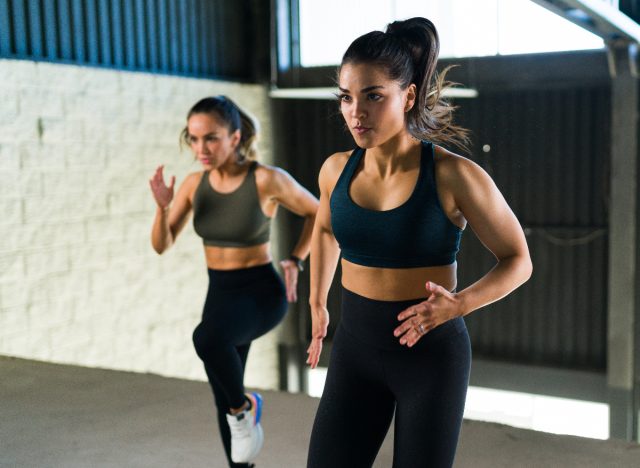
HIIT is a powerful tool for fat loss, but that doesn't necessarily mean it's better than cardio for fat loss. Both have their benefits; the key is finding what works for you.
"While doing some high-intensity cardio is excellent for improving your cardiovascular system, doing too much can be overly taxing and cause fatigue," MacPherson explains. "So, while it's true that higher-intensity cardio can burn more calories in the same time frame, it isn't sustainable, and it causes much more strain on your body, making it more challenging to recover from and do consistently."
Instead, do a mixture of low-intensity steady-state cardio, such as walking on a walking pad or going for outdoor walks and strength training, and include some more intense cardio once or twice per week if you enjoy it.
Exercising in the fat-burning zone burns the most fat.
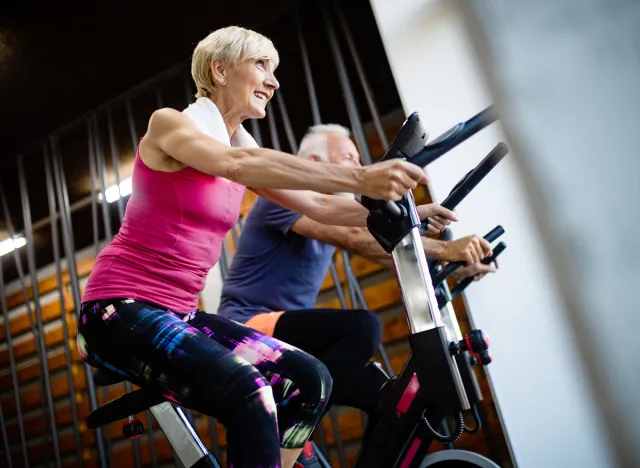
"The fat-burning zone is a heart rate training method that technically uses more fat as fuel. It's the zone where your heart rate works between 60 and 80% of your maximum heart rate. However, using fat for fuel and losing fat on your body are two different things. Training in the fat-burning zone is not proven to help you lose weight or body fat any better than another form of cardio so long as calorie burn is the same," says MacPherson.
The idea that exercising in the "fat-burning zone" is optimal for fat loss is a misconception. While you burn a higher percentage of calories from fat at lower intensities, higher-intensity workouts burn more total calories, contributing to more significant fat loss.
Working out more means better results.
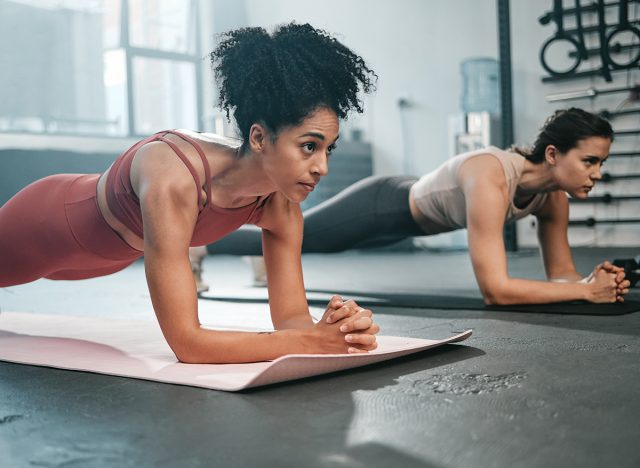
Quality often trumps quantity when it comes to workouts. A 2016 study points out that overtraining can lead to burnout and injury, hindering your fitness gains. That's why allowing adequate rest and recovery between workouts for muscle repair and growth is essential.
"Sometimes, people believe that adding more training sessions and exercising longer will help them reach their goals faster," states MacPherson. "However, this can take a lot of work to maintain. Once you stop being able to be consistent for reasons such as other responsibilities or getting too exhausted from so much activity, you might become disheartened and stop going altogether. Instead, starting with a more balanced approach where you go to the gym two or three days a week and add more days once you make it an easily obtainable habit is a better idea."
Lifting heavy weights will make you bulky.
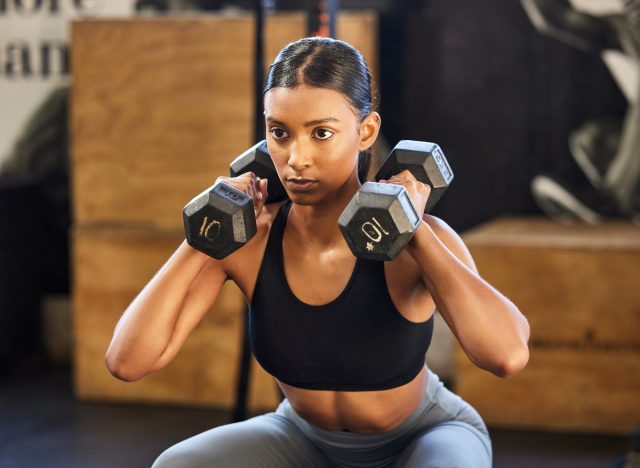
One of the most common fitness myths is that lifting heavy weights will make you bulky, especially for women. Research suggests that lifting heavy weights promotes lean muscle growth and a toned appearance. It takes specific training and nutrition strategies to achieve a bodybuilder's physique and level of bulk.
MacPherson says, "Gaining muscle and size is a process that takes a lot of time, effort, and specialized training. Women who don't have as much testosterone as men have an even more difficult time gaining muscle, even when they're trying to do it intentionally. You'll never accidentally get bulky by lifting heavy weights. To gain muscle size, you typically lift lighter weights from more sets and reps."
You can spot target fat loss.

We hate to be the bearer of bad news, but you can't pick and choose which body parts gain or lose fat. Fat loss occurs through a combination of a balanced diet and regular exercise.
Kate Meier, CPT, a certified personal trainer with Garage Gym Reviews, tells ETNT, "While it's possible to build and shape certain muscles more than others with targeted strength work, spot reduction of fat is not possible. Overall fat loss through a balanced diet and exercise is needed if your goal is to lose fat in any area."
No pain means no gain.
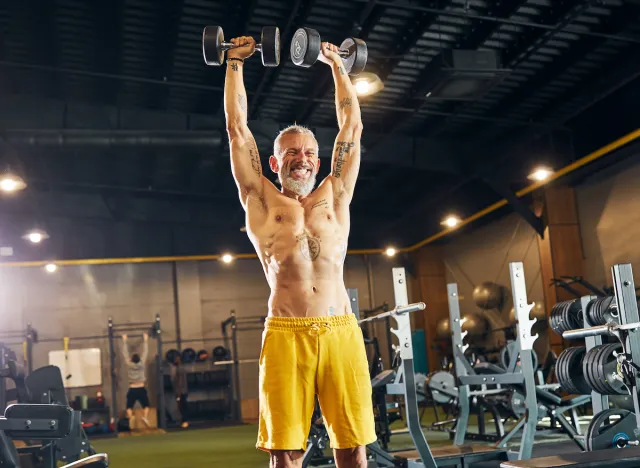
"Pushing yourself during your workouts of choice can help you reach your goals, but the notion that you should push through serious discomfort or even pain to make progress is not the case. Start slow, and learn your body's limits to ensure your workouts are appropriately difficult and frequent to avoid overtraining," advises Meier.
While some discomfort during exercise is expected, the "no pain, no gain" mentality can lead to overtraining and injuries. Instead, listen to your body, focus on proper form, and allow adequate recovery between sets.
Sweating burns more calories.

Sweating is your body's way of regulating temperature and doesn't necessarily correlate with calorie burn. Intense workouts may lead to more sweat, but don't use this as a direct measure of fat loss or calorie expenditure. Focus on the intensity and effectiveness of your workouts rather than the amount you sweat.
"There's no denying that getting a good sweat feels great during a workout, but the idea that sweating more means you're working harder or burning more calories is not necessarily true," says Meier. "Sweat is simply how the body cools itself down, and the amount you sweat will vary based on factors like the temperature, how hydrated you are, and more."
Supplements are necessary for results.

While supplements can complement a healthy lifestyle, they're not a necessity. They should be used as their name suggests—to supplement an already healthy lifestyle. Before considering supplements, adopt a well-rounded diet and consult with a healthcare professional or registered dietitian.
"While supplements can be helpful for certain fitness goals, they're by no means a must-have for most individuals," Meier explains. "Before adding supplements to your diet, look at your nutrition and ensure your meals are well-balanced, you're eating enough to fuel your workouts, and you're well-hydrated."
You must diet to reach your fitness goals.
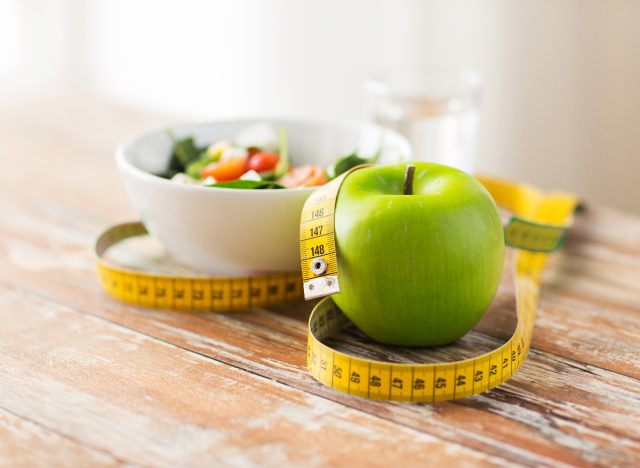
"Diet trends come and go, whether they entail restricting the foods or macronutrients you eat or the timing of meals. However, the most important aspects of a healthy nutrition plan are that it includes a good balance of healthy, whole foods that meet your individual calorie needs and that it's something you can reasonably stick to consistently," says Meier.
While the term "diet" often implies a short-term, restrictive approach, long-term results come from adopting a well-balanced diet that avoids overeating.
- Source: Strength Training Improves Metabolic Health Markers in Older Individual Regardless of Training Frequency
- Source: Diagnosis and prevention of overtraining syndrome: an opinion on education strategies
- Source: Increasing Lean Mass and Strength: A Comparison of High Frequency Strength Training to Lower Frequency Strength Training









